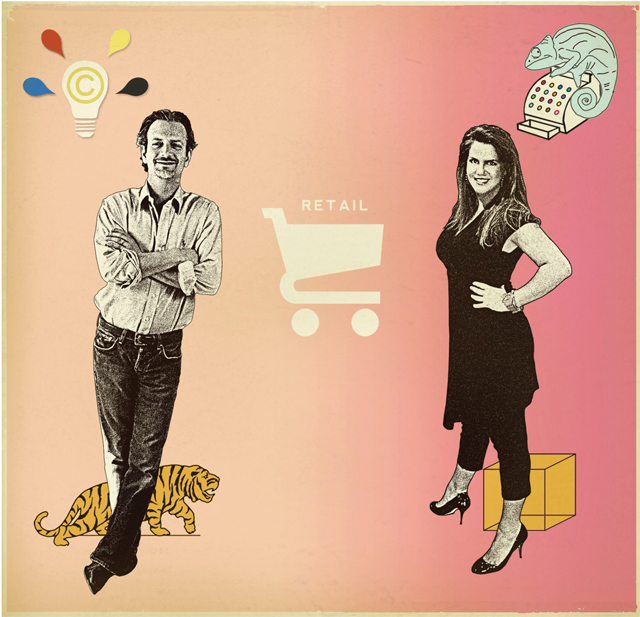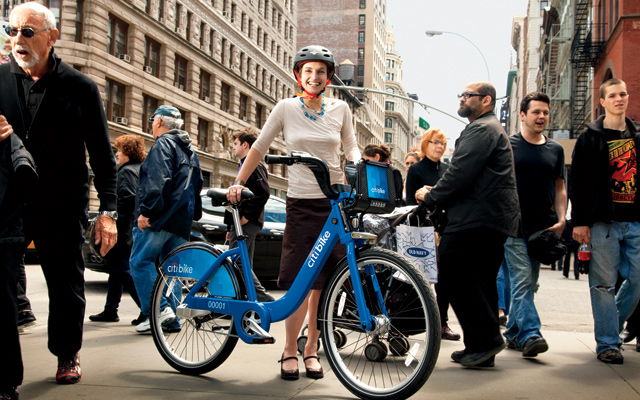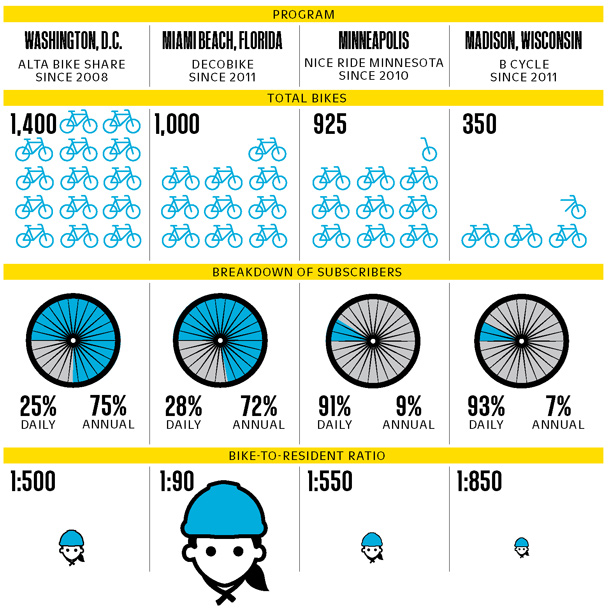
Image by Getty Images via @daylife
We’re seeing more and more recruiters use the web as a place to
search for talent and conduct employment background searches. This trend
is set to increase year over year and I’ve been predicting that an
“online presence search” will become as common as a drug test since
2007. Your online presence should consist of your own website at
yourfullname.com (a domain can be purchased at
GoDaddy.com
using promo code FAN3). This website is the core of your online
presence and if you optimize it effectively, it will rank number one for
your name in major search engines such as Google. Also, your online
presence should contain social network profiles, with vanity URL’s, on
Facebook,
LinkedIn, and
Twitter at a minimum. I would also get listed on sites, such as
Spokeo.com, and obtain your
Google profile.
By claiming your web presence, you’re protected from other people,
with the same name, claiming it before you. You also gain control over
how you’re perceived online, and thus what employers find out about you
when they conduct their search. A
recent study
by OfficeTeam shows that more than one-third of companies feel that
resumes will be replaced by profiles on social networks. My prediction
is that in the next ten years, resumes will be less common, and your
online presence will become what your resume is today, at all types and
sizes of companies.
5 reasons why your online presence will replace your resume:
1. Social networking use is skyrocketing while email is plummeting
More and more people are using social networks to send and receive
messages. About 90% of U.S. Internet users visit a social networking
site each month,
reports Comscore.
Usage of Web-based email has fallen 8%, with the biggest decline among
12 to 17 year-olds, with an almost 60% drop. Although, you may think of
this as a generational trend, the highest growing demographic on
Facebook is 35+, and LinkedIn caters primarily to that demographic, too.
Employers are reviewing your profiles to see what kind of person you
are outside of work, who you’re connected to, and how you present
yourself. Each gives clues to how well you can fit into the corporate
culture. When employees don’t fit in the culture, there is turnover, and
it costs the organization thousands of dollars.
2. You can’t find jobs traditionally anymore
In order to get a job, you have to be creative, attract jobs to your
website, and network constantly. Applying to job postings, in newspapers
and online, won’t get you anywhere and is becoming completely
ineffective. Susan Adams,
of Forbes.com,
shared a survey by webjob.com of recently employed job seekers found
that 23% of those surveyed found their job through ads. By building your
online presence, employers can find you and thus you have more
opportunities. If you don’t have an online presence, you won’t appear to
be relevant and you will be passed over for more savvy applicants that
have visibility. You need to be creative in your job search by
developing your own product, eBook, viral video, or personal
advertisement. Finally, you need to treat your life as one giant
networking event, and meet as many people in your field as you can.
3. People are managing their careers as entrepreneurs
In the career field, the term “Careerpreneur” describes a
professional who manages their career like an entrepreneur, always
searching for the next big opportunity. My colleague, Scott Gerber,
author of “Never Get a Real Job” says it best: “you need to create a job
to keep a job.” A
survey of 1,623 Gen Yers,
conducted by Buzz Marketing Group, Scott’s Young Entrepreneur Council,
and presented by LegalZoom, finds that more than 35% of Gen-Y’ers have
jobs have started their own businesses on the side in order to
supplement their income. This shows that the younger generation
understands that there’s no job security and that they can build
companies to offset their low wages.
Another study
revealed that 84% of employees plan to look for new jobs in 2011 (up
from 60% a year ago). It’s too easy to get laid off now, which is why
you need to build your online presence before you need it, and
constantly look for the new opportunity that will further your personal
brand.
4. The traditional resume is now virtual and easy to build
Have you ever created your resume using Microsoft Word? I’m sure
you have, but those days are quickly coming to an end. Professionals are
going to start using LinkedIn’s “
Resume Builder”
tool to turn their LinkedIn profile into a resume that they can use to
submit to jobs. In this way, LinkedIn profiles can be used passively and
actively in the job search process. Employers use LinkedIn as a search
tool to find top talent, and job seekers use LinkedIn to leverage their
network in support of their search.
5. Job seeker passion has become the deciding factor in employment
Your online presence communicates, or should communicate, what you’re
truly and genuinely passionate about. 83% of job seekers would rather
have a job they love than a job that pays well, according to to a
SimplyHired.com survey.
On the other hand, I firmly believe that you won’t be able to obtain
and sustain a job without passion anymore. There is far too much
competition and employers like to see people who are enjoying their work
because they will be more productive and help foster a stronger
corporate culture. Your best bet is to develop your online presence and
focus your job search around what you’re passionate about instead of
what will make you the most money. You will soon see that your passion
will make you more money than your thirst for a higher wage!
Dan Schawbel, recognized as a “personal branding guru” by The New York Times, is the Managing Partner of Millennial Branding, LLC, a full-service personal branding agency. Dan is the author of Me 2.0, the founder of the Personal Branding Blog, and publisher of Personal Branding Magazine.











 Rebelmouse
Rebelmouse About.meThe look: Photo driven
About.meThe look: Photo driven VizifyThe look: Infographic
VizifyThe look: Infographic Smartphones are displacing credit cards the way plastic once toppled
cash. Google got the ball rolling, with Google Wallet. Now other big
names are getting in on the game--AT&T, Verizon Wireless, and
T-Mobile, for example, are collaborating on a mobile wallet called Isis.
Smartphones are displacing credit cards the way plastic once toppled
cash. Google got the ball rolling, with Google Wallet. Now other big
names are getting in on the game--AT&T, Verizon Wireless, and
T-Mobile, for example, are collaborating on a mobile wallet called Isis. Nearly half of all Americans own a smartphone. Globally,
mobile users are expected to outnumber desktop users by 2014. And the
amount of time we spend on mobile devices is growing fast--currently an
average of 82 minutes a day, more than twice the amount of time spent
two years ago.
Nearly half of all Americans own a smartphone. Globally,
mobile users are expected to outnumber desktop users by 2014. And the
amount of time we spend on mobile devices is growing fast--currently an
average of 82 minutes a day, more than twice the amount of time spent
two years ago.